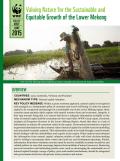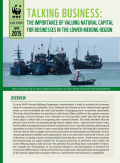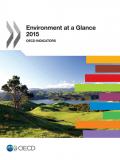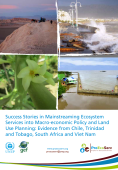This paper describes the challenge of modelling combined economic, ecological and financial systems and sets out a series of objectives for modelling the socio-economic transition towards sustainability. It highlights the modelling needs in relation to full employment, financial stability, and social equity under conditions of constrained resource consumption and ecological limits. It outlines the development of a dedicated system-dynamics model for describing Financial Assets and Liabilities in a Stock-Flow consistent Framework (FALSTAFF) and presents some hypothetical results calibrated for the Canadian economy. The selected scenarios illustrate the complex relationships between real and financial aspects of the macroeconomy and allow some initial tests on the financial viability of green investment.



Environment at a Glance 2015 updates key environmental indicators and relevant socio-economic and sectoral indicators to track OECD country progress on major environmental issues and inform policy development and evaluation. This year's edition includes increased coverage of environmentally related taxation, ODA and R&D expenditure.

The 'ProEcoServe' project assessed ecosystem services such as the provision of soil retention, shoreline protection, carbon sequestration and pollination, identifying almost US$1 billion of benefits in the four pilot countries of Chile, Trinidad and Tobago, South Africa and Viet Nam. This final report includes the results of a four-year project to develop ecosystem assessment tools and products that decision makers can use to integrate the value of ecosystem services into policy, investment decisions and macro-economic models.
